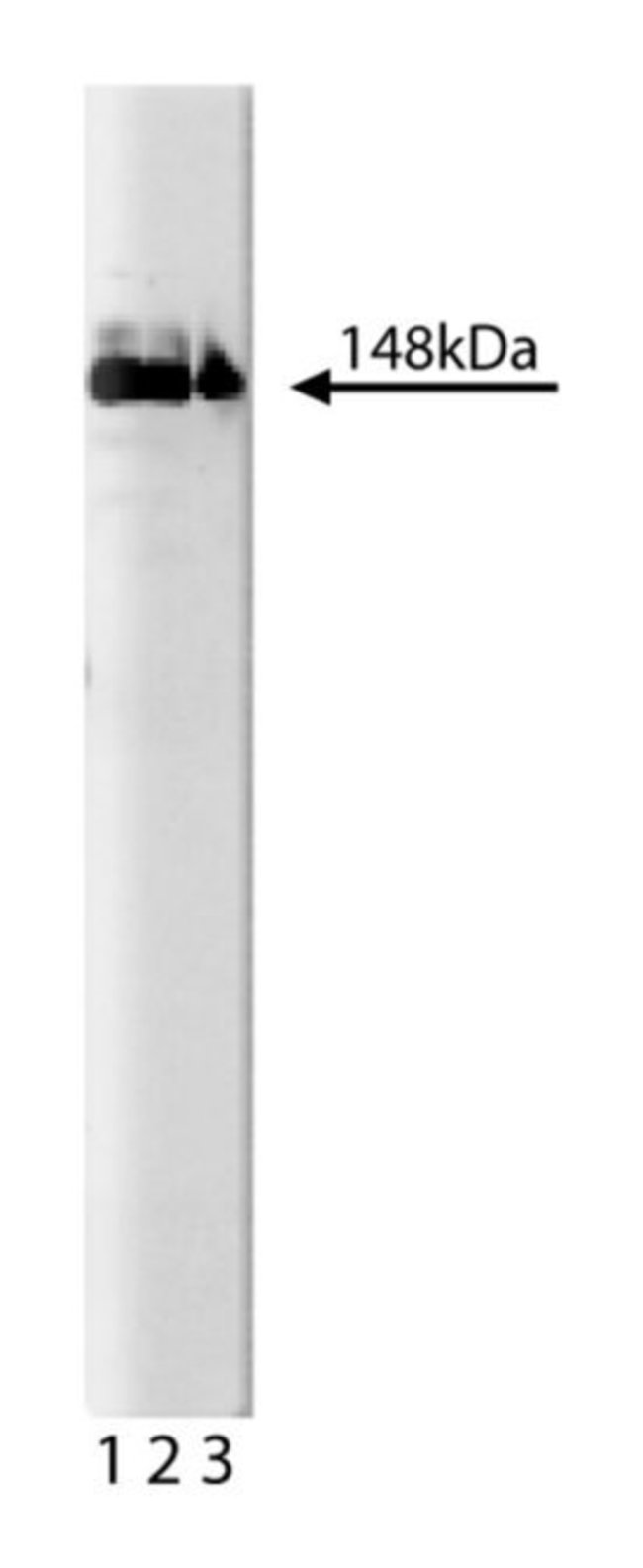Phospholipase Cγ1 Mouse, Unlabeled, Clone: 10/PLCGAMMA, BD, Mouse Monoclonal Antibody, Each

Details:
The Phospholipase C (PLC) isozymes hydrolyze phosphatidyl inositol biphosphate to inositol triphosphate and diacylglycerol. The former causes release of calcium from the endoplasmic reticulum, while the latter is an activator of Protein Kinase C. Within the PLC family, PLCγ is the only member that contains SH2 and SH3 domains. These domains enable it to interact with receptor tyrosine kinases and become enzymatically activated via phosphorylation. It exists as two isoforms: 1) PLCγ 1, which is ubiquitously expressed, and 2) PLCγ 2, found primarily in the lymphoid system. PLCγ is essential for growth factor-induced cell motility and mitogenesis. PLCγ 1 null mice exhibit retarded embryonic growth and lethality in midgestation. Overexpression of PLCγ is evident in several forms of cancer, and it has been identified as a key mediator of PDGF-dependent cellular transformation. Thus regulation of PLCγ activity by growth factors is involved in cell growth and transformation.
Additional Information
| SKU | 10134731 |
|---|---|
| UOM | Each |
| UNSPSC | 12352203 |
| Manufacturer Part Number | 610028 |
